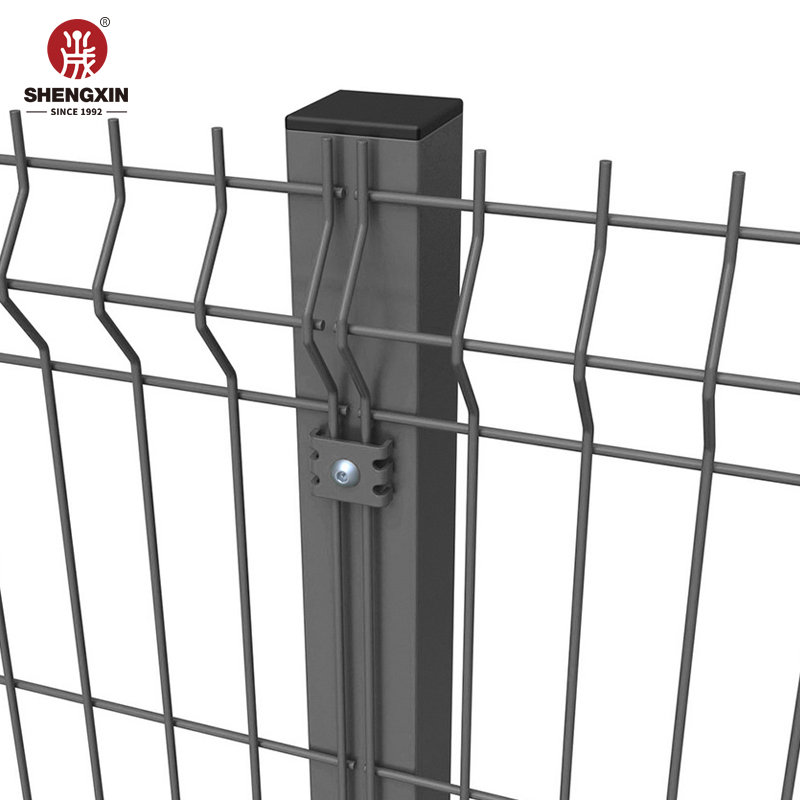
Jul . 21, 2024 01:56 Back to list
Large Metal Fence CE Certification for Enhanced Safety and Compliance in Construction Projects
CE Certification for Large Metal Fences Ensuring Quality and Safety
In recent years, the demand for large metal fences has surged due to increased interest in security, aesthetic appeal, and boundary delineation. Whether for residential properties, commercial premises, or public spaces, metal fences offer durability and strength. However, the importance of regulatory compliance, particularly concerning CE certification, cannot be overlooked. CE certification ensures that the products meet the essential requirements laid out by the European Union, affirming their quality and safety standards.
What is CE Certification?
CE marking, which stands for Conformité Européenne (French for European Conformity), signifies that a product has been assessed and complies with the EU's safety, health, and environmental protection standards. This certification is mandatory for products sold within the European Economic Area (EEA). For manufacturers of large metal fences, obtaining CE certification is crucial as it assures customers that the fences are reliable and safe for use.
The Importance of CE Certification for Metal Fences
1. Quality Assurance CE certification provides assurance that the metal fences are manufactured to high standards. It ensures that materials used in the construction of fences, such as steel or aluminum, are of good quality and capable of withstanding environmental stresses. This is particularly important for large metal fences, which are often exposed to harsh weather conditions.
2. Safety Compliance Large metal fences can pose risks if they are not built correctly. CE certification involves rigorous testing of the fences to ensure that they do not have sharp edges, are structurally sound, and can withstand impacts. This is vital for public safety, especially in areas where children or pets may come into contact with the fence.
3. Market Access For manufacturers, obtaining CE certification opens doors to numerous markets within Europe. Without this certification, their products cannot be legally sold in the EU, limiting their market reach. CE marking acts as a passport, allowing for greater trade opportunities across EU member states.
4. Consumer Trust With growing awareness about product safety, consumers are increasingly looking for certified products. A CE mark on large metal fences enhances consumer trust and can influence purchasing decisions. Buyers are more likely to choose products marked with CE certification, knowing they adhere to stringent European safety and quality standards.
ce certification large metal fence

Steps to Obtain CE Certification for Large Metal Fences
1. Identify Relevant Directives and Standards Manufacturers need to determine which EU directives apply to their product. For metal fences, this typically includes directives related to construction products and safety.
2. Testing and Assessment The next step involves subjecting the product to rigorous testing by accredited testing laboratories. This ensures that the product meets the necessary standards for structural integrity, safety, and performance.
3. Technical Documentation Manufacturers must prepare a technical file that includes evidence of compliance, test results, and product specifications. This documentation is crucial for demonstrating adherence to the requirements.
4. Declaration of Conformity Once compliance is established, manufacturers must issue a Declaration of Conformity, declaring that the product meets all relevant standards and directives.
5. Affix the CE Mark Finally, manufacturers can affix the CE mark to their large metal fences, indicating compliance with EU regulations.
Conclusion
CE certification for large metal fences is more than just a regulatory requirement; it represents a commitment to quality, safety, and consumer trust. By adhering to the stringent standards set forth by the EU, manufacturers not only protect their customers but also enhance their market opportunities. As the demand for robust and reliable fencing solutions continues to grow, CE certification will play an integral role in shaping the future of the metal fencing industry in Europe and beyond.
-
Australia Farm Fence Black Star Picket Y Post - Durable Metal Cattle Post
NewsAug.19,2025
-
Metal Covers - Anping County Shengxin | Durability, Corrosion-Resistant
NewsAug.18,2025
-
Metal Covers-Anping County Shengxin Metal Products Co., Ltd|Precision Engineering&Durable Solutions
NewsAug.18,2025
-
Single Wall Bottom Lock Privacy Slats for Chain Link Fences
NewsAug.18,2025
-
Metal Cap - Anping County Shengxin Metal Products Co., Ltd.|Precision, Durability, Innovation
NewsAug.17,2025
-
Metal Covers - Anping County Shengxin Metal Products Co., Ltd.|Precision & Durable Solutions
NewsAug.17,2025
